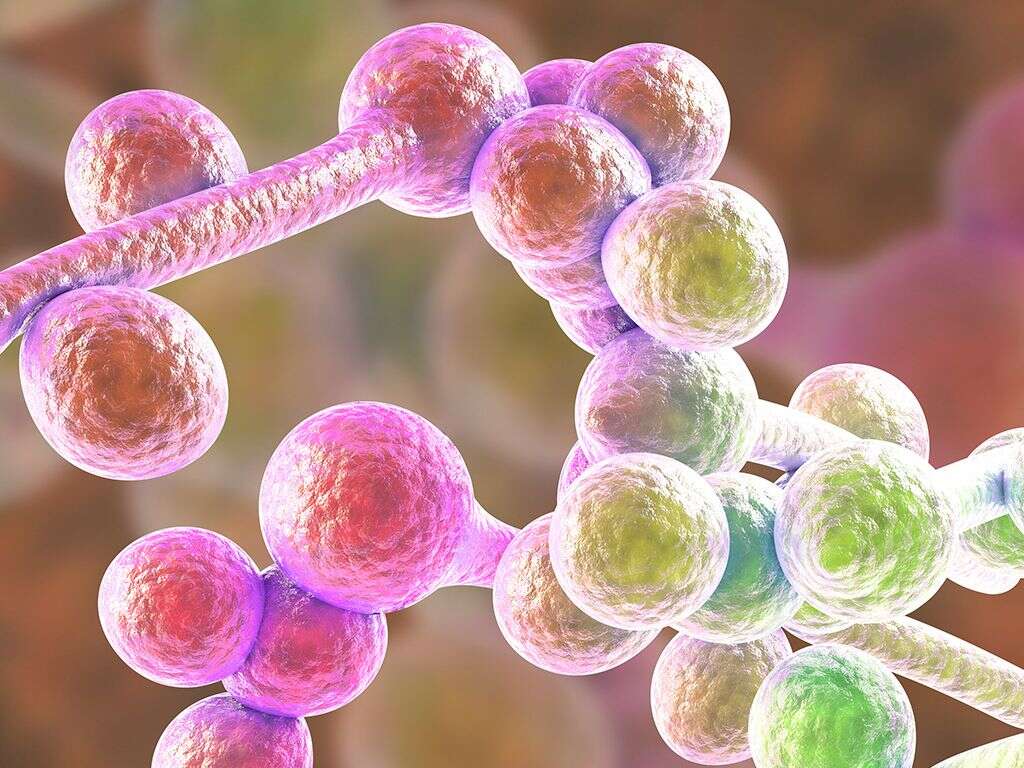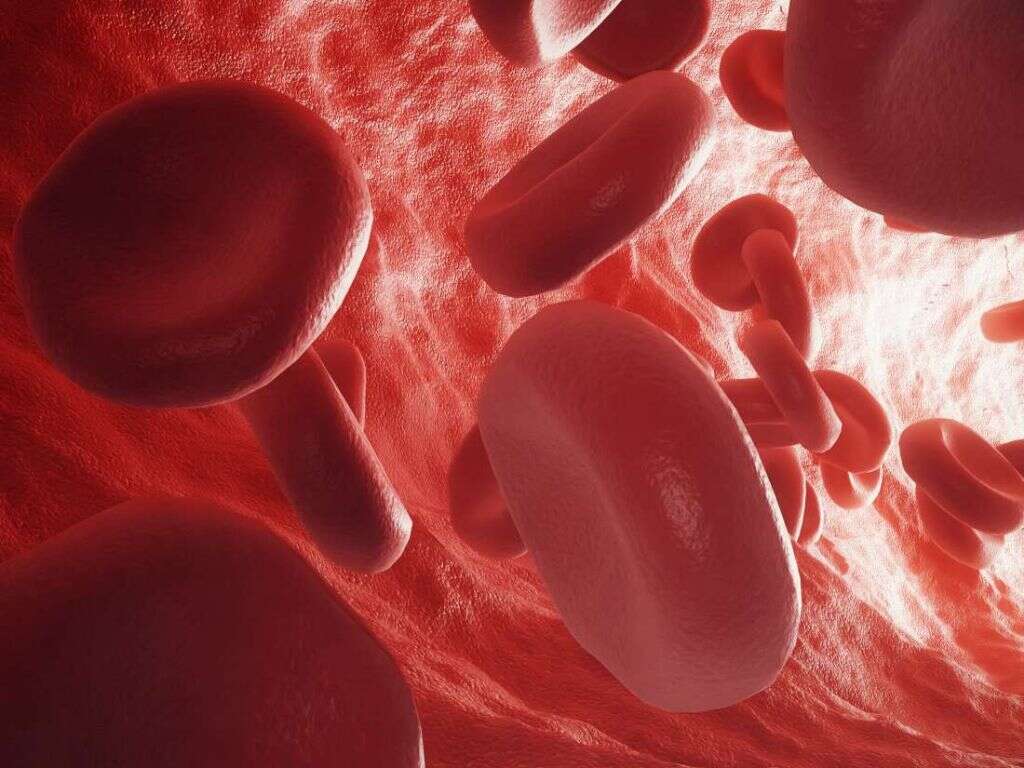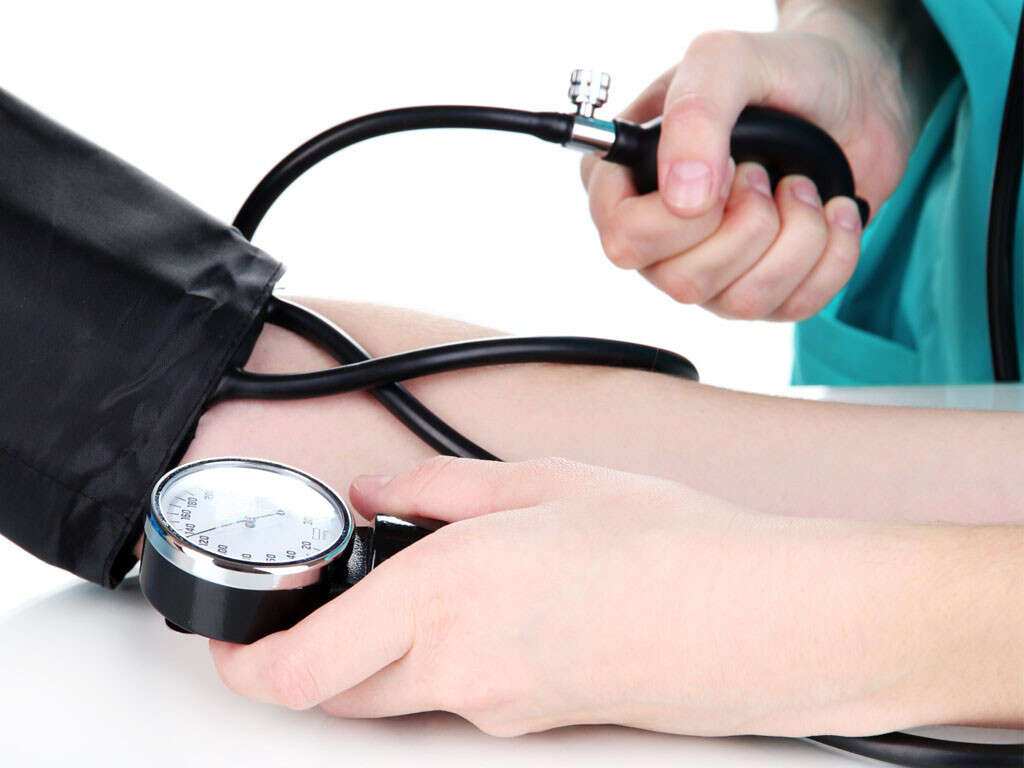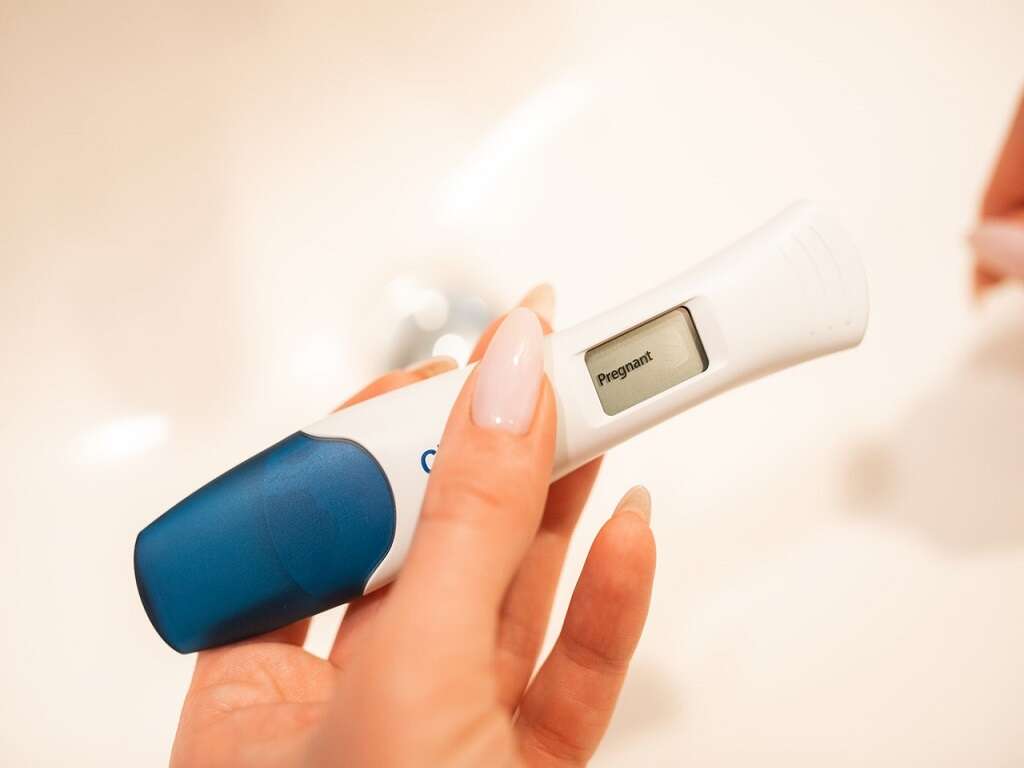What Is Toxic Shock Syndrome?
Our skin is one of our most important barriers against disease. It helps to directly keep out pathogens that would otherwise do us harm. If this barrier was somehow broken, then bacteria may enter and we could end up falling very ill indeed. Harmful bacteria will sometimes also find some other ways to gain entry to the body.
Toxic shock syndrome is a condition that has resulted from the presence of bacteria in the body. It is a condition that comes on suddenly and the symptoms can be very severe. It is a very serious condition and the patient’s life will be at risk.
1. Toxic Shock Syndrome
Bacteria can do a great deal of harm to our bodies. They can sometimes directly attack our bodily tissues, and they can also cause potentially dangerous inflammation. Bacteria will also release toxins into the body, but usually in quantities so small that they do us no harm. If there were enough bacteria releasing these toxins, however then it can be very harmful to us indeed.
Toxic shock syndrome occurs when there is a high volume of bacteria in the body that are releasing toxins. It is thankfully a rare condition, but it is also extremely dangerous. It can be fatal, so it is essential that the patient is found medical assistance as soon as possible.
2. Causes
Toxic shock syndrome can affect any person who has a lot of bacteria in their body. The bacteria responsible for the condition are group A streptococcus, and Staphylococcus aureus. The latter of the two is the most common culprit of all. These bacteria are both quite common and are usually harmless.
If somebody has an open wound then bacteria may be able to get in and infect the body. Thus, it is important to keep wounds clean and covered as much as possible, and patients should be monitored after surgery. Among the most common causes in women is the use of tampons, and some contraceptive devices.
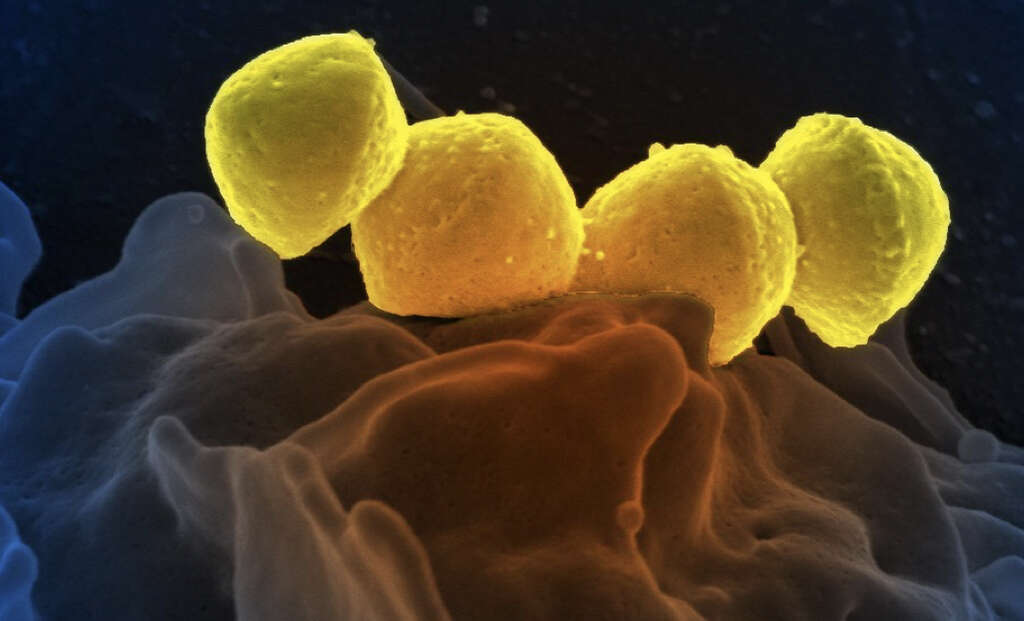
3. Rash
One of the symptoms of toxic shock syndrome is that the patient will develop a rash which can cover most of their body. It is especially likely to be found on the soles of the patient’s feet, and on the palms of their hands. The rash itself will be bright red and is often said to resemble a bad sunburn, and the patient’s outer layer of skin can also peel away.
There are many potential causes for rashes, most of which are harmless, so it can be easy to disregard it. Rashes can be caused by some very serious conditions indeed, however, so you should speak with a doctor if you are unsure. This is especially the case if the patient’s rash matches the one described above.
4. Fever
Toxic shock syndrome can also cause a high fever. This is not uncommon and not usually something to worry about, meaning a fever on its own is unlikely to alert people to a problem. The fever will be a little unusual, however, in that it will come on very suddenly.
In addition, the patient eyes can also turn red, as can their throat and their mouth. The patient is also likely to start feel severe aches and pains in their joints and muscles. These symptoms, when they develop suddenly, are a sign that the patient is probably in need of emergency medical assistance.

5. Confusion
Toxic shock syndrome will also likely cause the patient’s blood pressure to drop sharply, although this will not always be evident to people that are untrained. The patient might also suddenly develop diarrhea and start vomiting, which will be more noticeable.
Toxic shock syndrome will also make the patient easily confused. They might have difficulty holding a conversation, and they can even forget where they are or who they are with. In many cases, the patient will also begin to start having seizures. The latter two symptoms in particular are signs that the patient should be taken to the emergency room.
6. Who’s at Risk
Even the healthiest of people can contract toxic shock syndrome, although the condition is very rare. The most at risk category are women that are using tampons. The tampons can encourage bacteria to multiply in the vagina, potentially to dangerous levels. The same problem goes for women that are using certain contraceptives, such as diaphragms and sponges.
People that have had a viral infection are also at a higher risk, as are people that have had bacterial infections like strep throat. Having had surgery recently is another potential cause, as are people that have broken their skin in other ways.

7. Complications
If it is not treated in time, then toxic shock syndrome can result in some extremely severe complications. One of these is shock, which means that not enough blood is circulating to feed the bodily tissues. Without the blood that they need, the bodily tissues will begin to die off, and organs will stop working.
Renal failure is another potential cause as the kidneys become overloaded with the toxins in the system. This will mean that the patient’s toxin levels will continue to rise beyond the levels they are at already. Toxic shock will also result in a fatality in some cases.
8. Prevention
Women need to be careful when using certain types of tampons, and many manufacturers no longer use the materials that can be responsible for toxic shock. People that have had toxic shock syndrome in the past will be advised to stop using tampons altogether. Being especially mindful of hygiene when using some contraceptives can also help prevent toxic shock syndrome.
For all people, any wounds should be seen to as soon as possible. The wound should be disinfected and it should also be covered. If a wound, no matter how small, is showing signs of an infection then you should arrange to speak with a doctor as soon as you can.

9. Diagnosis
Diagnosis of toxic shock syndrome will involve looking for the presence of the bacteria responsible. This will tend to involve blood and urine tests that can be sent to a laboratory for analysis. In women, a swab may be taken from the vagina to help look for the underlying cause of the condition.
Toxic shock syndrome can also have a severe impact on the patient’s organs. This means that further tests may be needed to help find out just how severe the condition is. This can include taking X-rays and CT scans, while a lumbar puncture (spinal tap) is also taken in many cases.
10. Treatment
Toxic shock syndrome is an immediate medical emergency, and the patient will probably be hospitalized. Initial treatment will involve the use of antibiotics that will help to kill the source of the toxins. Other medication will be provided to help keep the patient hydrated, and to keep their blood pressure stable.
Once the patient is stabilized, they will need to be treated for their other symptoms. The patient might also need dialysis depending whether or not their kidneys have sustained significant damage. Surgery may also be necessary to remove any tissue that has been killed by the toxins, or to help remove an infection.







